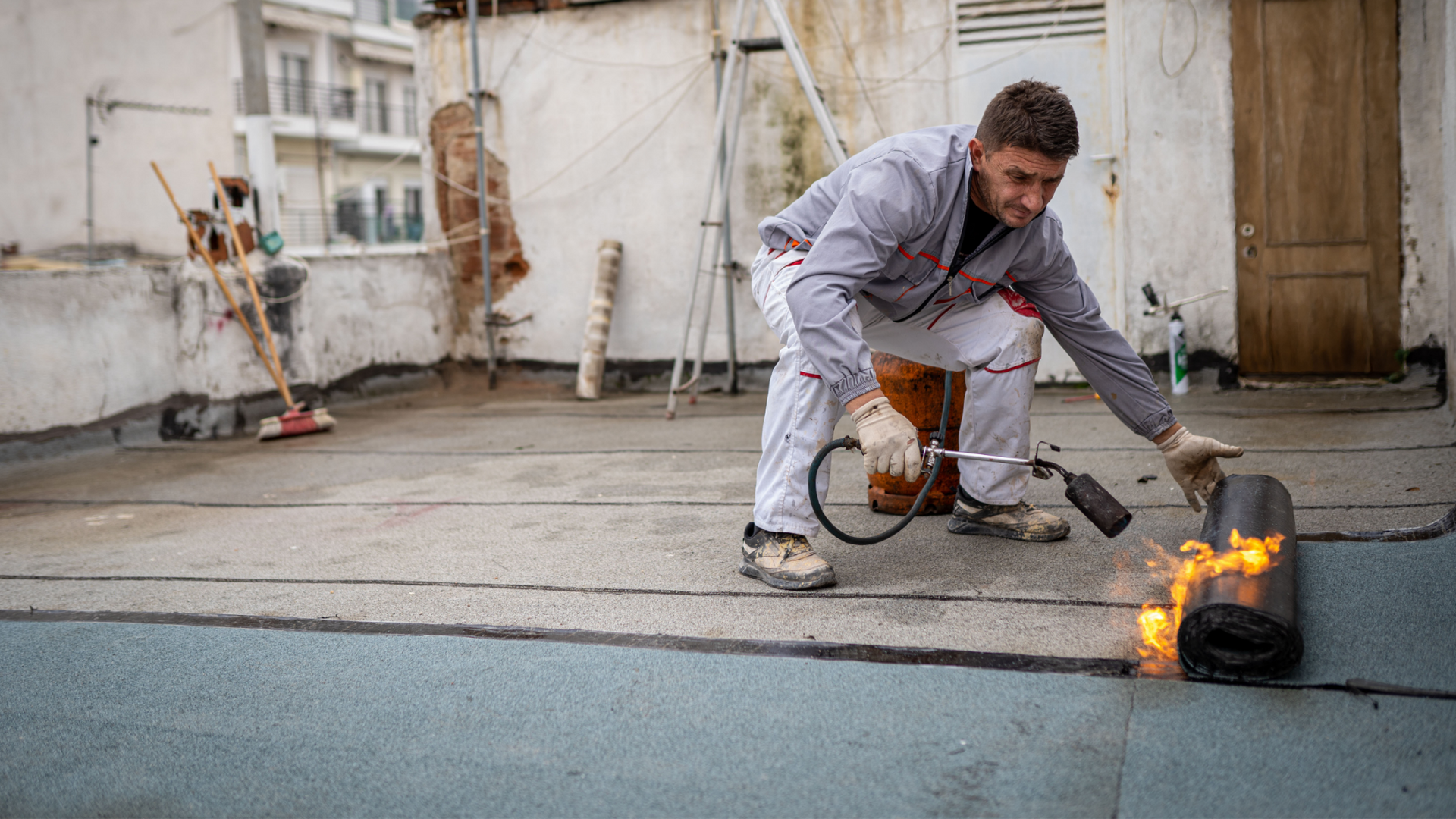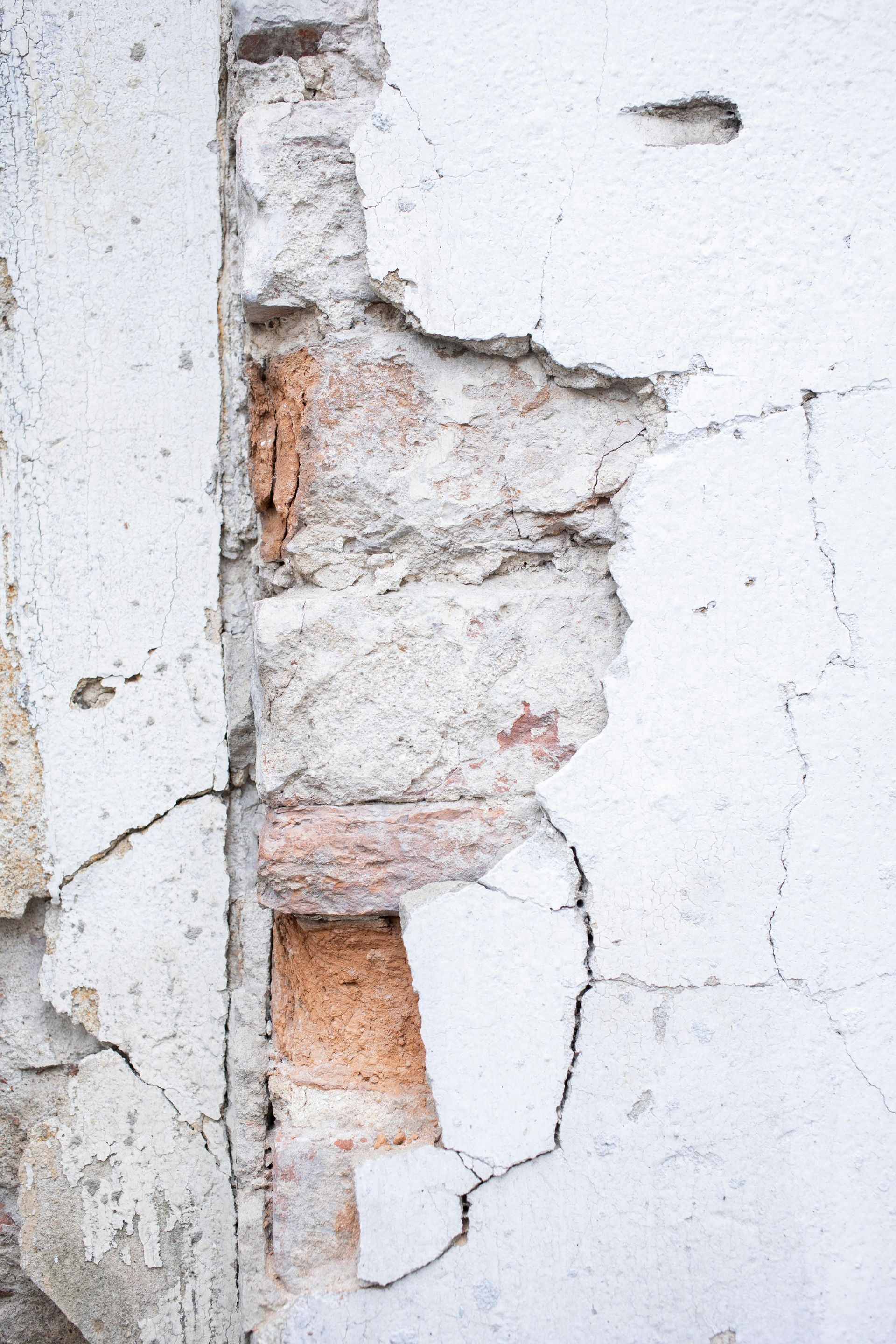New Construction and Reconstruction- What’s the Difference?
When it comes to building or renovating a property, there are two main approaches: new construction and reconstruction. While both involve construction work, there are significant differences between the two. In this article, we’ll explore what sets new construction and reconstruction apart.
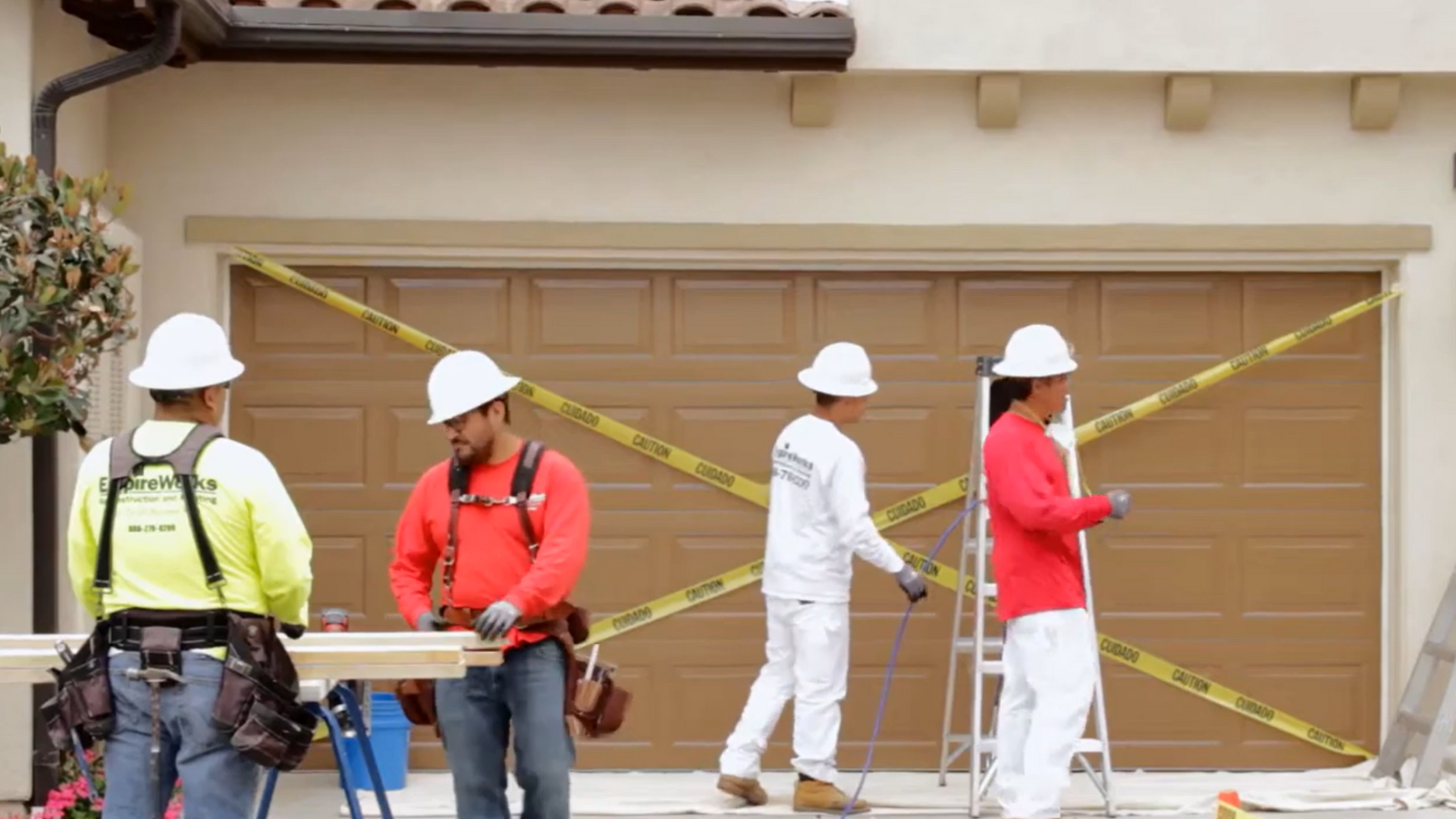
New Construction
New construction refers to the process of building a completely new structure from scratch. This can include anything from a single-family home to a large commercial building. New construction projects typically involve the following steps:
Planning and design
The first step in any new construction project is to develop a plan and design for the new structure. This involves working with architects and engineers to create a blueprint that outlines the layout, features, and specifications of the new building.
Site preparation
Once the design is finalized, the construction site must be prepared. This can involve clearing the land, grading the site, and making sure that utilities such as water and electricity are available.
Foundation construction
The next step is to build the foundation of the new structure. This involves pouring a concrete slab or digging a crawl space or basement, depending on the design of the building.
Framing
After the foundation is complete, the framing of the new structure begins. This involves erecting the framework of the building, including walls, floors, and roof.
Exterior and interior finishes
Once the framing is complete, the exterior and interior finishes are added. This can include everything from siding and roofing to drywall and paint.
Final touches
The final step in new construction is to add the finishing touches, such as landscaping, fixtures, and appliances.
Reconstruction
Reconstruction, on the other hand, refers to the process of repairing or rebuilding an existing structure. This can include anything from minor repairs to major renovations or even complete rebuilding. The process of reconstruction typically involves the following steps:
Inspection and evaluation
The first step in reconstruction is to inspect the existing structure and evaluate the extent of the damage or necessary repairs. This can involve assessing the condition of the foundation, walls, roof, plumbing, and electrical systems.
Demolition and removal
If significant repairs or changes are necessary, the existing structure may need to be partially or completely demolished. Any debris or waste must be safely removed from the site.
Reconstruction
After the demolition and removal, the actual reconstruction process can begin. This can involve anything from repairing the foundation and framing to installing new plumbing and electrical systems.
Exterior and interior finishes
Once the reconstruction is complete, the exterior and interior finishes can be added. This can include everything from roofing and siding to flooring and paint.
Final touches
Finally, the finishing touches are added, such as landscaping, fixtures, and appliances.
Conclusion
While both new construction and reconstruction involve construction work, there are significant differences between the two. New construction involves starting from scratch and building a completely new structure, while reconstruction involves repairing or rebuilding an existing structure. If you’re considering a construction project, it’s important to understand the differences between these two approaches and choose the one that best fits your needs. Contact
EmpireWorks today for your next reconstruction project.
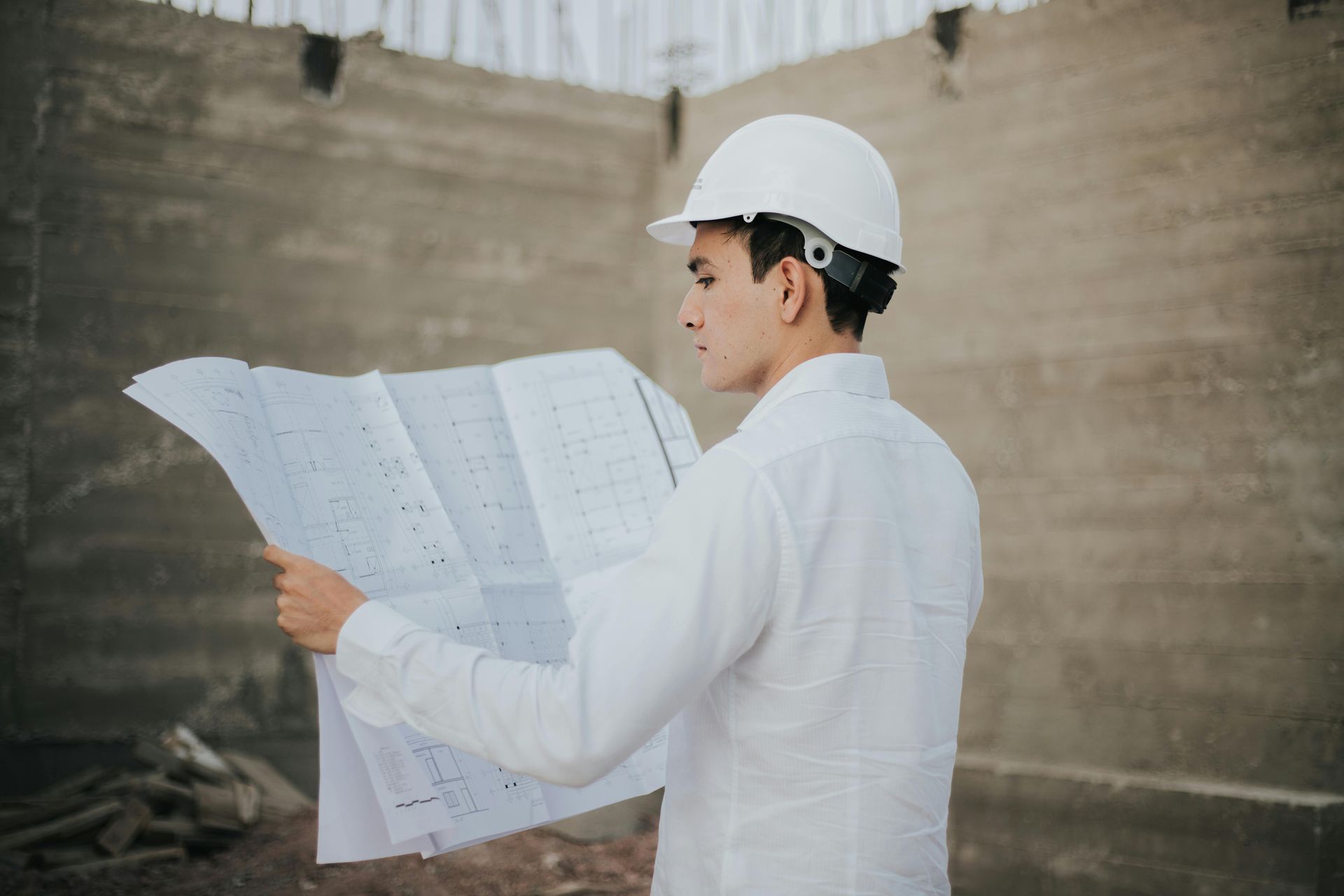
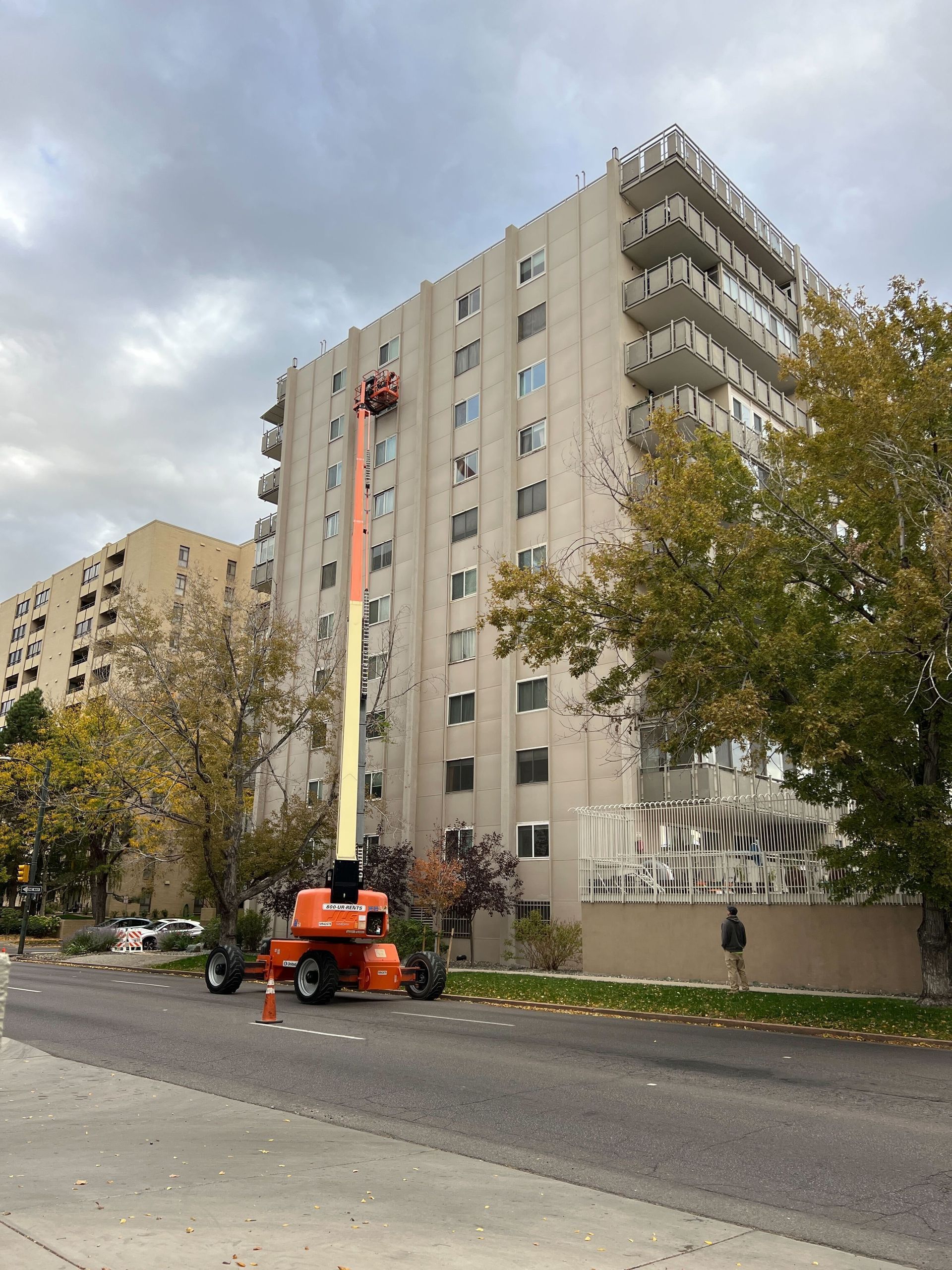


EmpireWorks Reconstruction Launches Top-Tier Reconstruction Services to Middle Tennessee Communities
